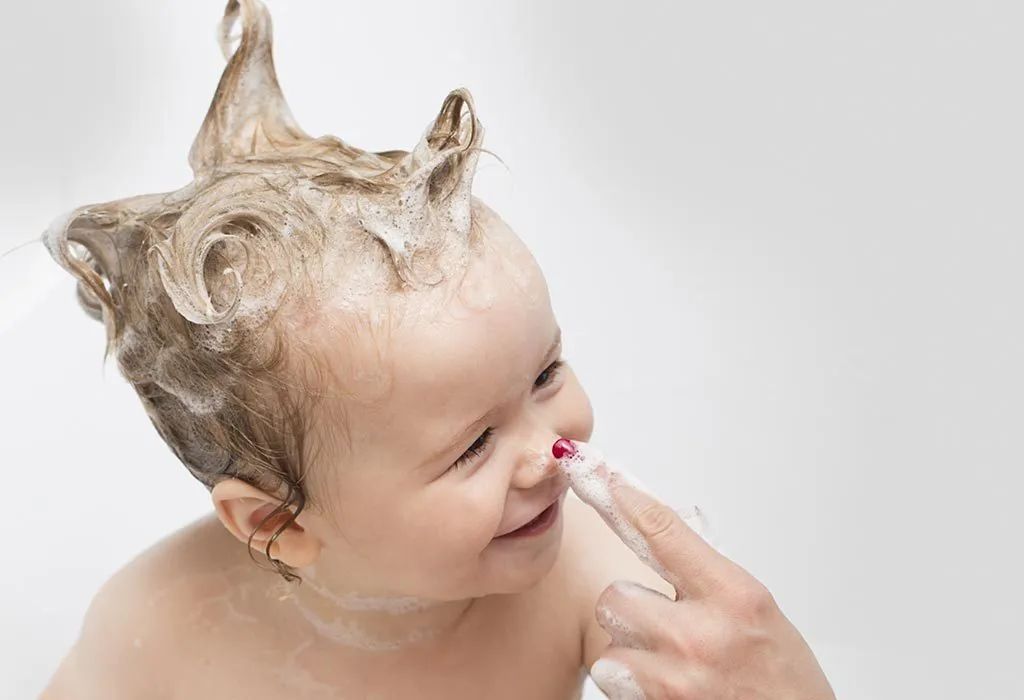
Nurturing the Delicate Crown: A Comprehensive Guide to Baby Hair Care
Baby hair, those wispy, fine strands that frame an infant’s head, are a testament to the preciousness of new life. While they may seem insignificant, these delicate hairs require special care to ensure their health and growth. This comprehensive guide will delve into the intricacies of baby hair care, providing parents and caregivers with the knowledge and techniques to nurture this delicate crown.
Understanding Baby Hair
Baby hair, also known as lanugo, is a type of vellus hair that covers the fetus during pregnancy. It typically sheds within a few weeks after birth, revealing the baby’s true hair color and texture. However, some babies may retain baby hair for several months or even years.
Baby hair is finer and more fragile than adult hair, making it susceptible to damage. It is important to handle it with care to avoid breakage or irritation.
Essential Care Tips
1. Gentle Cleansing:
- Wash baby hair only when necessary, using a mild, tear-free shampoo.
- Avoid using harsh soaps or detergents that can strip away natural oils.
- Rinse thoroughly with lukewarm water to remove any residue.
2. Careful Brushing:
- Use a soft-bristled brush specifically designed for baby hair.
- Brush gently in the direction of hair growth to avoid tangles.
- Avoid over-brushing, as it can cause breakage.
3. Protective Styling:
- Avoid tight hairstyles, such as ponytails or braids, that can put stress on baby hair.
- Use soft hair ties or scrunchies to secure hair gently.
- Consider using a bonnet or hat to protect baby hair from the elements.
4. Moisturizing:
- Baby hair tends to be dry and prone to breakage.
- Apply a small amount of baby oil or a gentle moisturizer to the hair and scalp.
- Avoid using adult hair products, as they may contain harsh chemicals.
5. Sun Protection:
- Protect baby hair from the sun’s harmful UV rays by using a bonnet or hat.
- Apply a baby-safe sunscreen to exposed areas of the scalp.
Common Concerns
1. Cradle Cap:
- Cradle cap is a common condition in infants that causes thick, crusty patches on the scalp.
- Use a gentle baby shampoo and a soft brush to remove the scales.
- Avoid picking or scratching the scalp, as it can cause irritation.
2. Hair Loss:
- Some babies experience temporary hair loss in the first few months of life.
- This is usually due to hormonal changes and is not a cause for concern.
- Consult a healthcare professional if hair loss persists or is accompanied by other symptoms.
3. Tangled Hair:
- Gently detangle baby hair using a wide-toothed comb or a detangling spray.
- Avoid using scissors to cut tangles, as it can damage the hair.
Special Considerations
1. Premature Babies:
- Premature babies may have less hair than full-term babies.
- Handle their hair with extreme care and avoid any unnecessary brushing or styling.
2. Babies with Curly Hair:
- Curly baby hair requires extra moisture and gentle handling.
- Use a wide-toothed comb or a detangling brush to prevent breakage.
- Apply a leave-in conditioner to keep curls hydrated.
3. Babies with Sensitive Skin:
- Use fragrance-free and hypoallergenic products on babies with sensitive skin.
- Avoid using harsh chemicals or dyes that can irritate the scalp.
Conclusion
Baby hair is a precious and delicate part of an infant’s appearance. By following these comprehensive care tips, parents and caregivers can nurture and protect these wispy strands, ensuring their health and growth. Remember to handle baby hair with care, avoid harsh treatments, and consult a healthcare professional if any concerns arise. With proper care, baby hair will flourish into a beautiful and healthy crown that frames the precious face of your little one.
